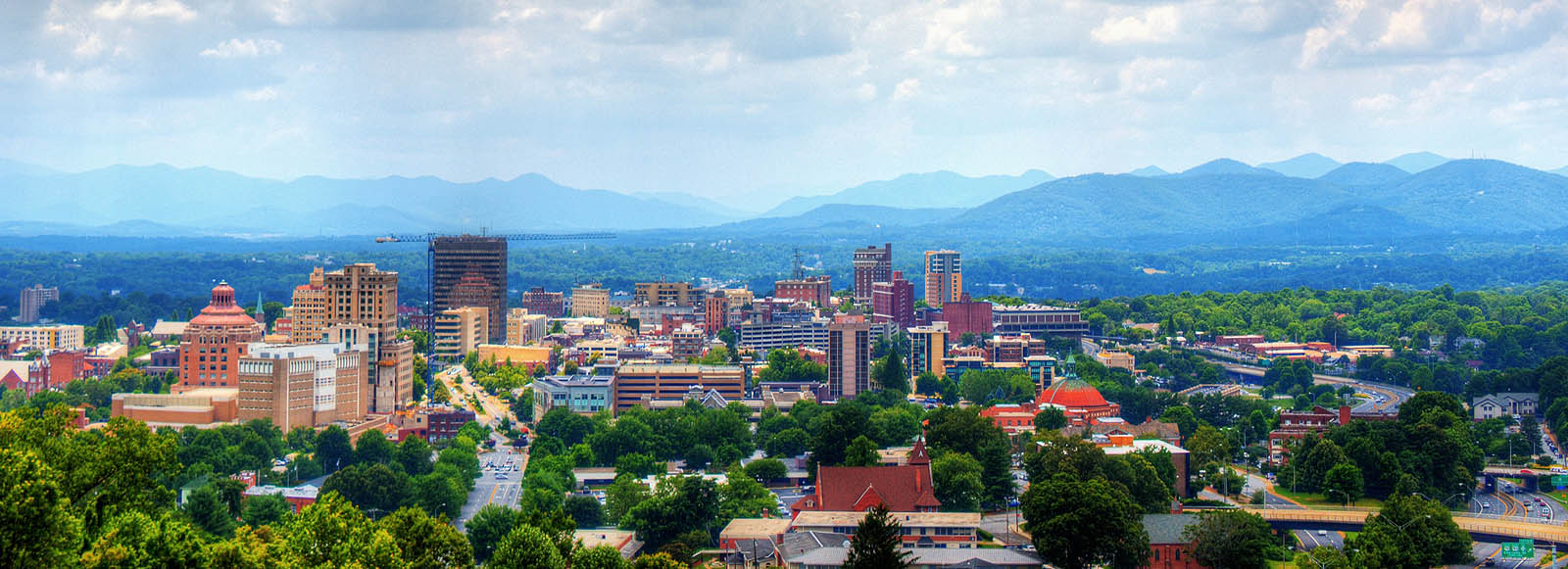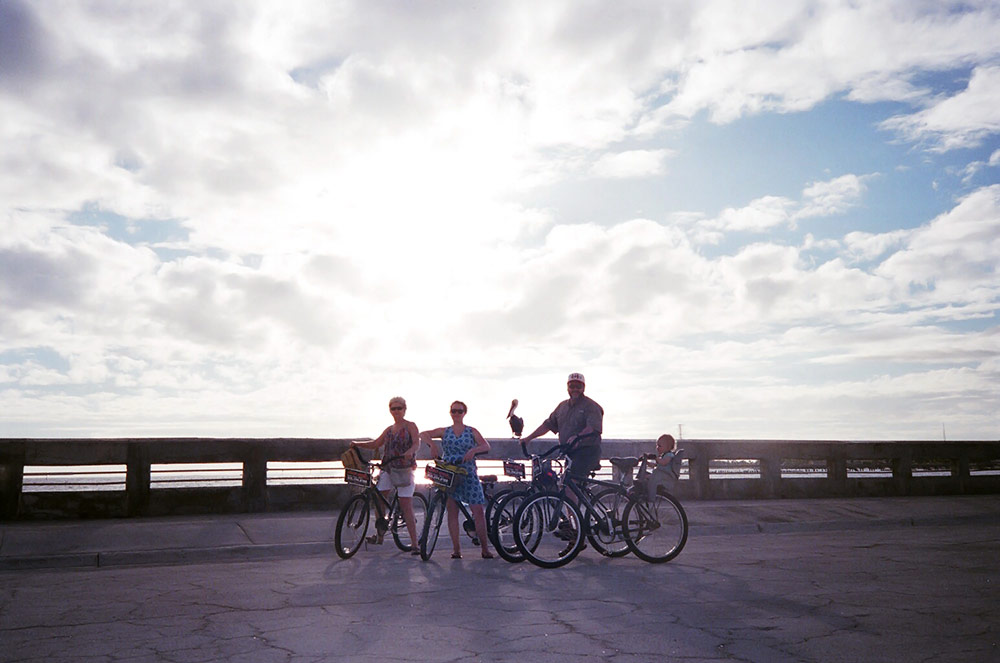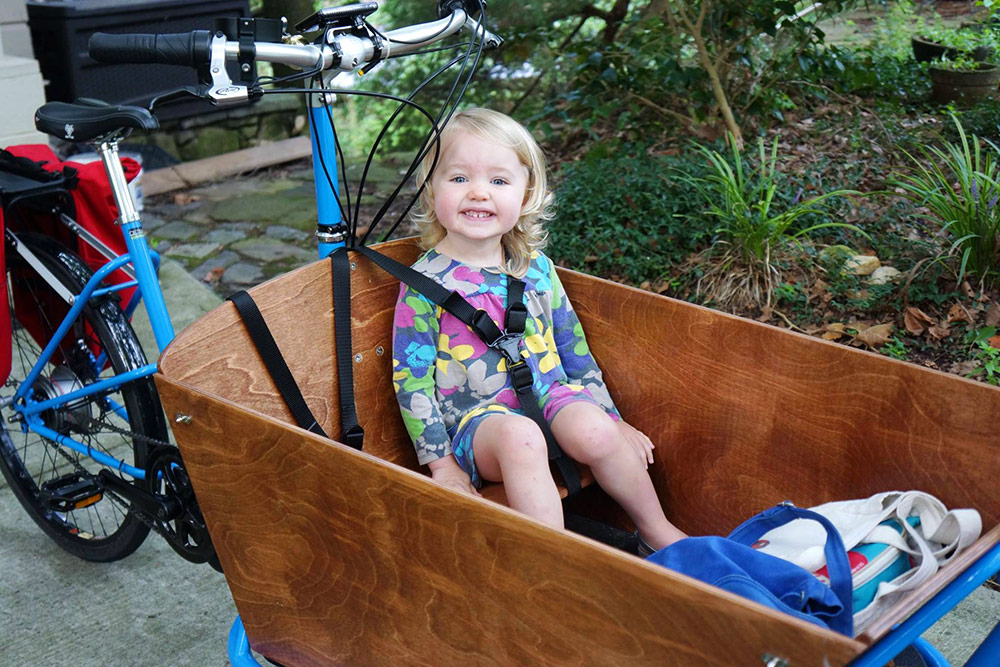
Are bicycles the best indicator of great places to live or vacation?
“Bicycles are the indicator species of a community, like shellfish in a bay.”~ P. Martin Scott
In my experience, the answer is yes.
The first time I took a bicycle-only vacation, it was by accident. I was flying to Key West for a friend’s wedding and, once I landed, I ended up not needing a car. It was a revelation! Now I check for bicycle accommodations before any trip, so that I can have the best trip possible. I do this even if I know I won’t just be using bikes because my research puts me in the most accessible part of a given area. In other words, I’m using bikes as a filter to find the best possible vacation, then sometimes riding, sometimes not.
Clark’s secret biking tips for picking a great vacation
- Create a Google doc or a custom Google map in order to save your notes and research insights.
- Google search for “bicycle friendly vacation”; Google search for “bicycle friendly city”. Build a short list of possible trips.
- Search for the common tourist attractions near the bicycle friendly areas on the short list. Assess how much time will be spent in transit to those attractions and by what vehicle.
- Go to Google maps in bike navigation mode; look at the multimodal options and start looking for street names located near the best transit options. Check the bike commute times and look at the other transit options – you are looking for areas that having overlapping air, bus, rail, bike, and taxi options. You don’t need to have them all, but you want to see how they mesh together. Make a list of neighborhoods and streets near multiple forms of transit.
- Search Google maps for bike shops in a city. Bike shops locate near customers, and you want to find areas that surround family- or commuter-oriented shops, or near any shop that is a combo of bike shop/bar or bike shop/coffee house. Make a list of bike shop addresses and look for clusters.
- Search Google maps for parks and public spaces in the desirable parts of your target city. Being near parks gives you low cost/stress downtime and recreation options. Make a list.
- Pick a vacation destination based on the above factors.
- Look at hotels, B&B’s, and short term rentals in the part of the city that score well based on all of the above. Compare your anecdotal Google data and the Walk Score of the lodging.
- Pick your lodging.
A few recommended destinations
Here’s my list of bike-friendly places I’ve ended up recently for general vacation and relaxation. This list is influenced by my own location in the Southeastern U.S.:
- Key West, FL, USA (stay in Old Town, pre-arrange a rental bike drop off at lodging, fly to Key West airport, take taxi to lodging)
- Kiawah Island, GA, USA (Rent a house, drive in, get groceries on the way, bike everywhere on the island)
- Placencia, Belize (Fly in, take taxi to lodgings in town, rent a bike. This is sleepy fishing village with great public beach, transitioning to more tourism)
- Chattanooga, TN, USA (Fly or drive in, stay Downtown or North Shore. Bike everywhere or use the free buses. Downtown is well covered by Bike Chattanooga)
And I have been on at least two other vacations that were cycling oriented. I took both these trips for mountain biking, and both destinations are excellent for trips dedicated to biking:
- Crested Butte, CO, USA in summer
- Sedona, AZ, USA
I think one of my next dedicated cycling trips will be a self-guided bike tour. I just learned about this type of touring, where someone does all the leg work for your trip but you ride on your own without an accompanying guide. Here’s one example, for an Asheville bike tour from Outfitter Tours. That is right up my alley, though I think I’ll look for an excuse to do this in Europe!
But why just limit this idea to vacations? I’m changing houses.
It turns out that bicycle friendly areas within a city offer a whole host of benefits – increased property values, increased store revenues, increased sales tax revenue, healthier residents, and lower traffic accident rates.
The trend is so pronounced that many U.S. real estate investors are using the publicly announced plans to build bike paths to choose what properties to develop. The Atlanta BeltLine is an excellent example of this pattern and the positive changes stemming from the BeltLine are truly remarkable.
What does this mean for me? In my case, it caused me to take a hard look at Asheville neighborhoods that also had relatively safe cycling corridors. I am now in the process of moving about a mile and half to a new house, in order to take better advantage of one of Asheville’s several well-located neighborhoods. As a result, my family will soon have the opportunity to:
- Bike to the grocery store
- Walk to a park
- Walk or bike to school
- Walk to a coffee shop, restaurants, or yoga
- Bike downtown to work or play
- Bike on nearby greenways
We are excited about these changes. Even now, pre-move, we’ve been biking more and we’ve already noticed that we are happier, healthier, and driving fewer miles per year.
Resource list for learning more:
Here is my source URL list if you want to read more, whether you are planning a vacation, considering a home, looking at real estate investments, or are a business owner who could make more money if cyclists arrived regularly near your storefront:
- Momentum Magazine writes about how bike infrastructure is good for businesses.
- Dedicated bicycle lanes and paths improve property values. This creates what is called a bike premium in real estate. You can read about the bike premium in Atlanta, along the BeltLine, and in Miami.
- People for Bikes, a nonprofit, put together an excellent research overview (pdf) about the positive effects of bike infrastructure.
- New York City has built out significant bike infrastructure over just a few years. They’ve had to deal with opposition and over communicate throughout the process, and their FAQ page deals with many common, but invalid, objections to bike infrastructure.
- The Atlanta BeltLine is an urban bike path that will form an inner circle around urban Atlanta. The sections that have been completed have had a huge economic impact and are well studied. Read about the impact of the Atlanta BeltLine, courtesy of
- Georgia Tech, and read about the timeline of the project from the project website.
People for Bikes has also prepared a statistics library full of many cycling resources, documenting the success of bike infrastructure. - Did you know that you can rent a bike from a local, similar to Uber? Bikes are available in most U.S. cities.
- I love Walkscore for quick searches to see how walkable/bikable a given address might be.
Do you have other examples?
Leave us a comment if you live in a bike friendly neighborhood or have taken a vacation to a place that was so bike-friendly that you could have avoided driving a car. We want to know!



No replies to “Are bicycles the best indicator of great places to live or vacation?”